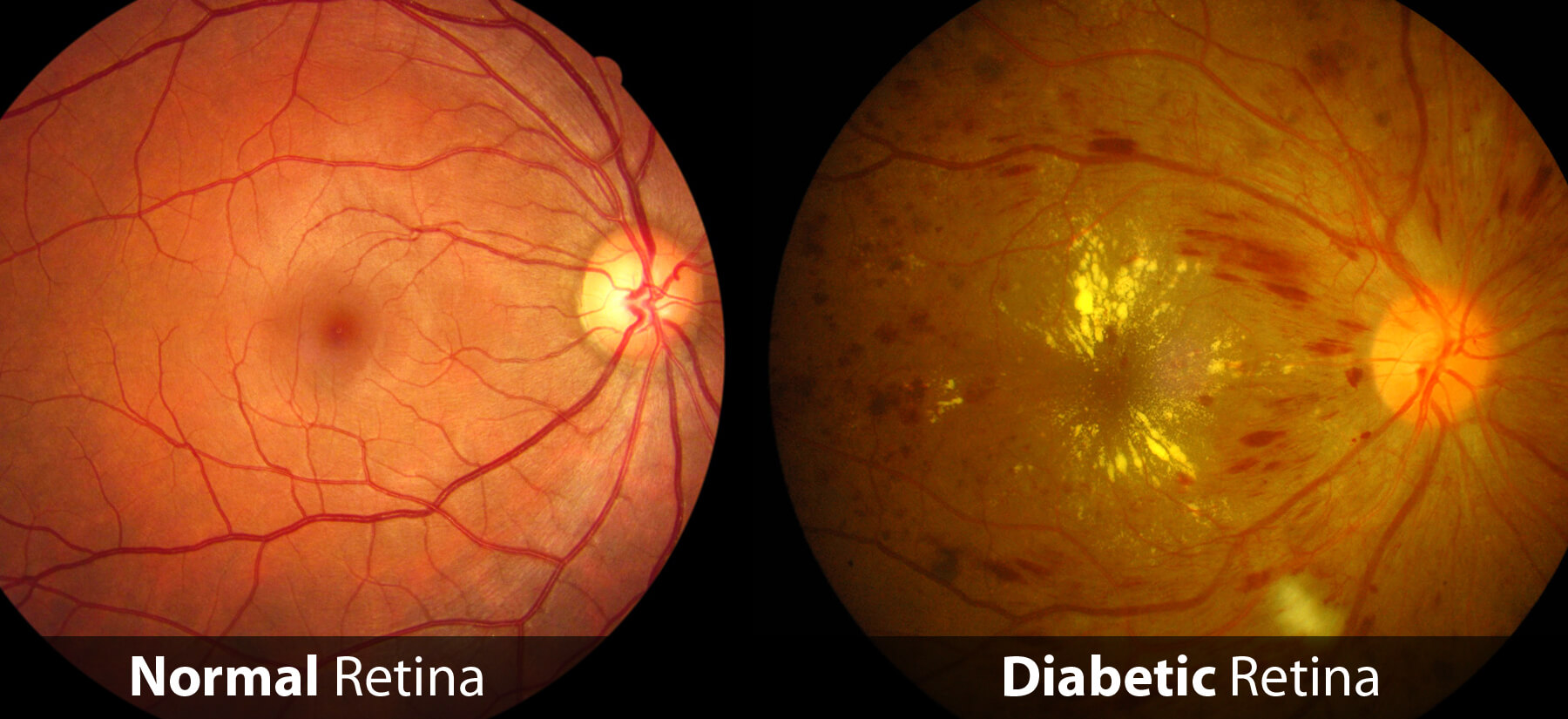
Diabetic retinopathy is a complication of diabetes that affects the eyes. It is caused by damage to the blood vessels in the retina, the light-sensitive tissue at the back of the eye.
Diabetes can cause high levels of glucose in the blood, which can damage the small blood vessels in the retina. As a result, these blood vessels may leak fluid or blood, leading to swelling and damage to the retina. In some cases, new blood vessels may grow on the surface of the retina, which can also cause damage and vision loss.
The symptoms of diabetic retinopathy may include blurred or distorted vision, difficulty seeing at night, and a gradual loss of vision. In its early stages, diabetic retinopathy may not cause any symptoms, which is why regular eye exams are essential for people with diabetes.
The treatment for diabetic retinopathy depends on the severity of the condition. In some cases, managing blood sugar levels, blood pressure, and cholesterol may be enough to slow the progression of the disease. Other treatments may include laser therapy or surgery to stop the growth of abnormal blood vessels or to remove blood or scar tissue from the eye.
Preventing diabetic retinopathy involves managing blood sugar levels and keeping them within a healthy range. It is also essential to control blood pressure and cholesterol levels and to undergo regular eye exams to detect any early signs of the condition.